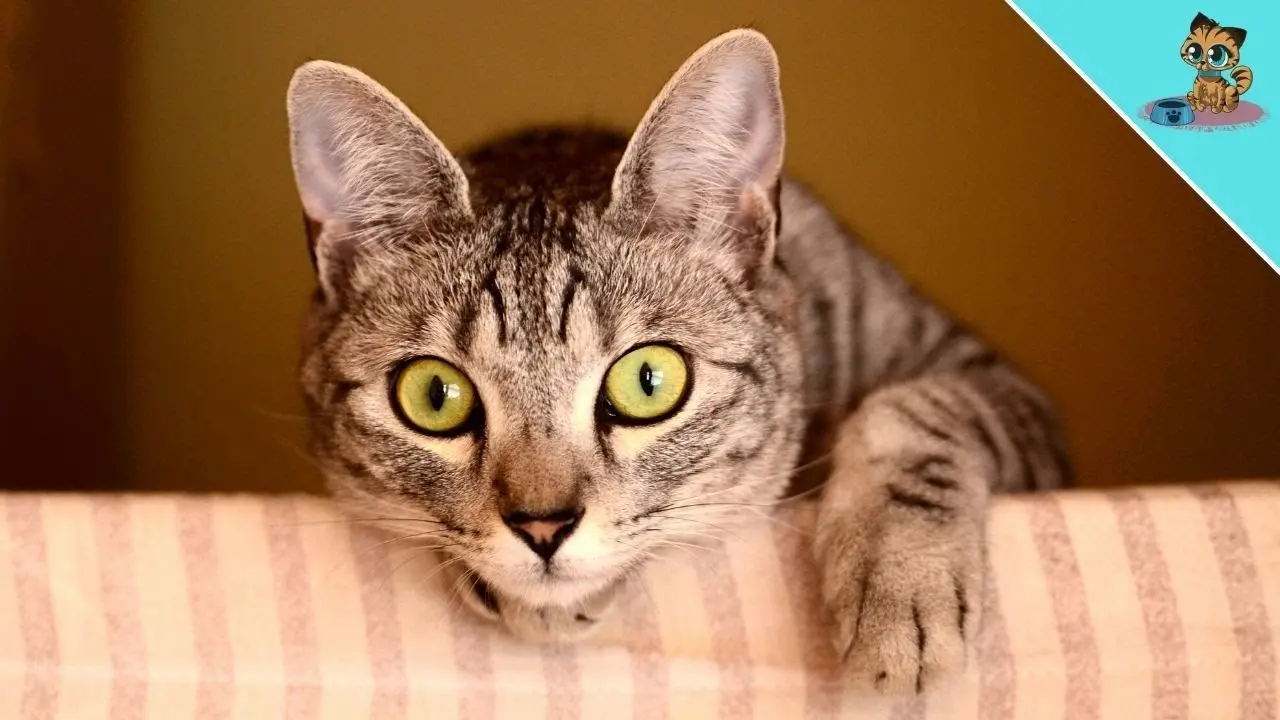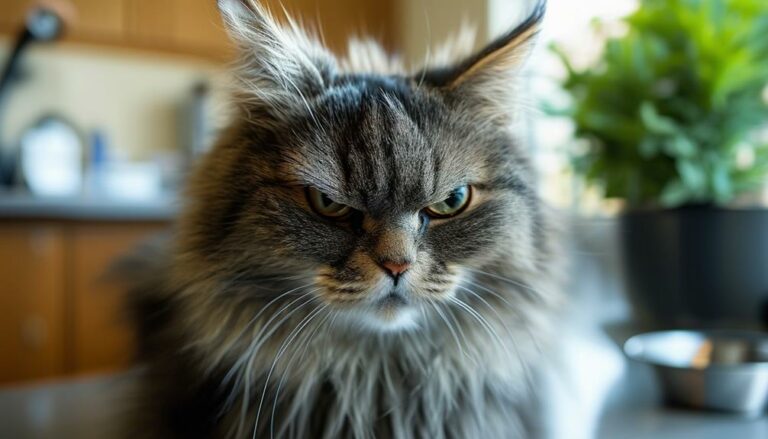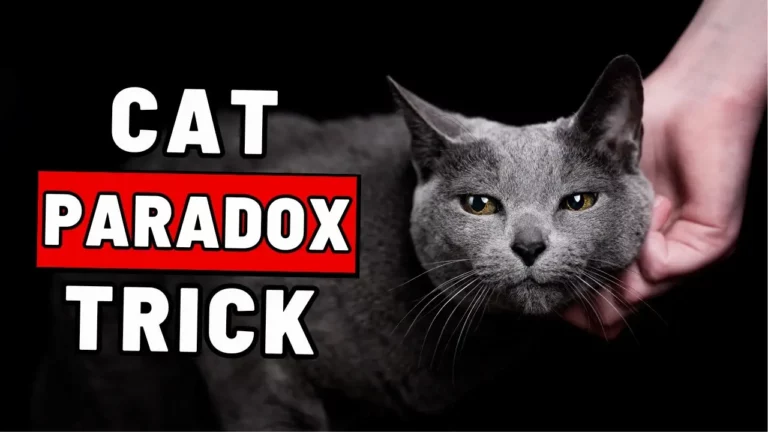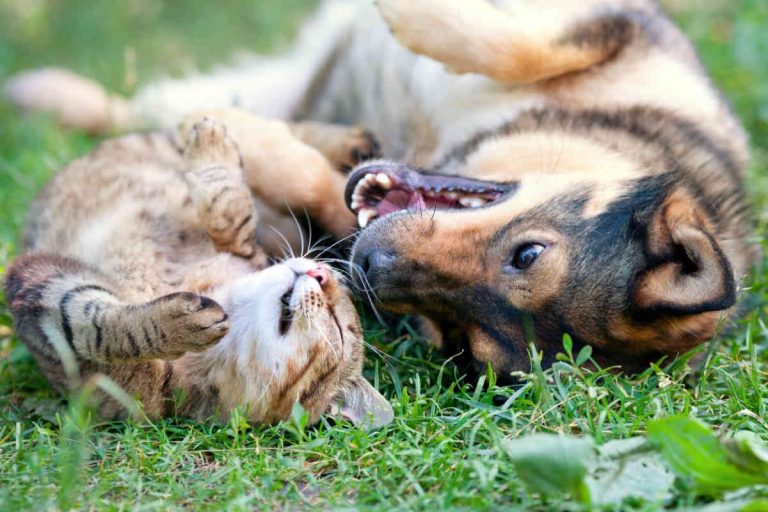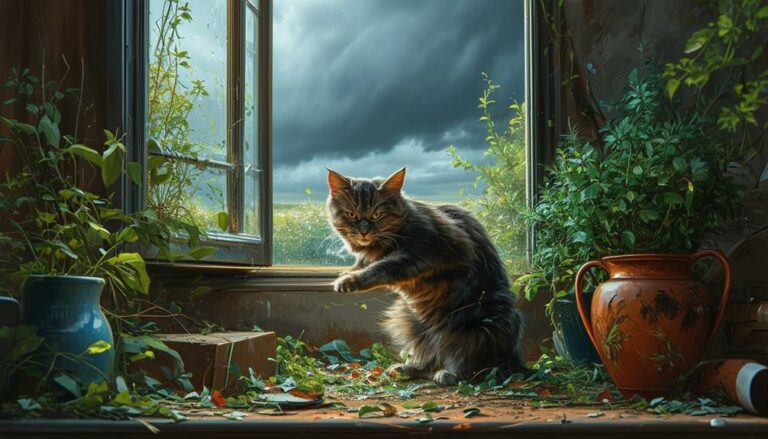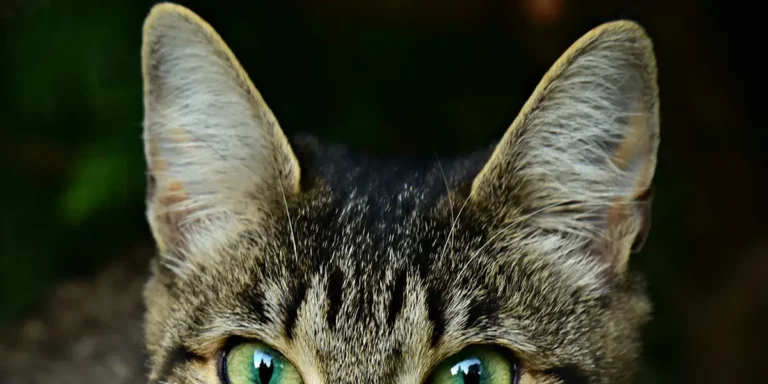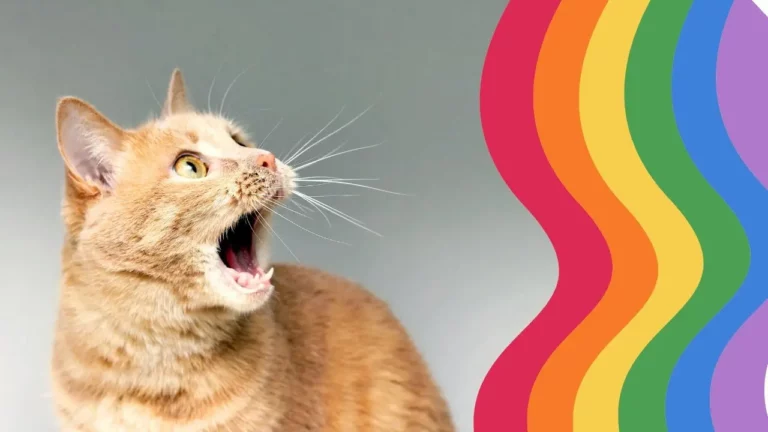Why Do Cats Stare at You? The Science Behind the Stare
Ever caught your
I know I have. Those unblinking eyes can be both adorable and a bit unsettling.
Decoding the Cat Stare
Let’s jump into the science behind why cats give us their unwavering gaze.
Understanding Basic Cat Behavior
Cats communicate primarily through body language—those eyes, ears, and tails speak volumes.
When your
Sometimes it’s curiosity, other times it might be hunger (especially if mealtime’s near).
They might also stare to show affection. Yes, those moments when they blink slowly back at you?
That’s called a “cat kiss.”
From my years as a vet, I’ve noticed that many behavioral cues stem from natural instincts.
For instance, if your kitty stares right before pouncing on a toy or another pet, it’s tapping into its predatory nature.
The Evolutionary Background of Staring in Cats
Cats evolved as solitary hunters who needed sharp senses and keen awareness of their surroundings.
Those penetrating gazes helped them survive in the wild by detecting prey movements and potential threats.
Today’s domestic cats have retained this behavior even though they’re not hunting to survive anymore.
I’ve observed countless catpatients who exhibit similar behaviors both indoors and outdoors.
A
So next time your catfixes you with that intense look, remember—they’re just being true to their ancient roots while trying to tell you something important in their own special way.
The Science Behind the Stare
Ever wondered why your
As a vet, I’ve seen this countless times and can tell you it’s more than just curiosity. Understanding these stares unlocks much about
How Cats Communicate with Their Eyes
Cats have a unique way of sending messages, and their eyes are a big part of it.
When your
A direct stare from a
For instance, slow blinking is one way cats show trust and affection.
Next time your kitty blinks at you slowly, try returning the gesture—they might blink back!
Conversely, if they narrow their eyes or keep them wide open without blinking, it could indicate anxiety or excitement. Pupils dilate when cats feel threatened or playful and contract during moments of calmness or focus.
It’s fascinating how much you can learn by watching those eyes closely.
The Role of Eye Contact in CatInteraction
Eye contact plays a crucial role in catsocial interactions too.
Between cats, prolonged eye contact can be challenging—a kind of silent standoff.
In multi-cat households, you’ll often see this as part of establishing dominance or territory.
But with humans, things change slightly.
Cats use eye contact to gauge our reactions and intentions.
If you’re busy reading or working on something and suddenly feel those
They rely on these visual cues because unlike dogs, who are vocal beggars, cats prefer subtler methods.
Remember though: every
Some might never stare directly but will still show affection through other behaviors like purring loudly against your leg or curling up next to you.
Interpreting Different Types of Cat Stares
Cats have a knack for staring, and understanding the reasons behind those looks can improve our bond with them.
Let’s break down the different types of
The Curious Stare
Ever catch your
This curious stare means your
Cats are natural observers, always on high alert due to their predatory instincts.
If your
I’ve often seen this when introducing new objects into the house; cats need to ensure everything’s safe in their environment.
The Affectionate Stare
If your catfriend gives you a slow blink paired with sustained eye contact, that’s a sign of love.
In the
When cats do this, they signal that they feel relaxed and safe around you.
I remember one patient named Whiskers who used to sit on his owner’s lap, slowly blinking as if saying, “I love and trust you.”
You can return this favor by slow-blinking back—it’s a way to strengthen your bond.
The Aggressive Stare
Not all stares are warm and fuzzy. Sometimes, a
During my practice, I’ve noted that this kind of stare often precedes hissing or swatting if the perceived threat doesn’t retreat.
For example, if another pet intrudes into their space or if they’re cornered during a vet visit.
How Human Behavior Influences Cat Staring
Ever wonder why your
Turns out, our actions play a big role in their behavior. Let’s jump into how our responses and interactions shape the way cats stare at us.
The Impact of Human Responses on Cat Behavior
Cats are incredibly perceptive creatures.
They pick up on our body language, tone of voice, and even our moods.
For instance, if you respond to your
On the other hand, if you ignore them or react negatively, they may feel neglected or stressed.
I’ve noticed this countless times in my practice. One client, for example, had a
Initially puzzled, we realized the
By making small changes like setting aside playtime before starting work, the staring behavior decreased significantly.
Establishing Boundaries with Eye Contact
Eye contact can be a powerful tool in communicating with your
Cats use eye contact both to assert dominance and express comfort.
If your
From my experience, gently narrowing your eyes (slow blinking) back at them is often effective.
It tells your
But don’t overdo it – maintaining prolonged eye contact can be intimidating for some cats and might make them anxious.
A small trick I’ve learned: Use eye contact wisely when training or disciplining your
Briefly holding their gaze after correcting unwanted behavior reinforces boundaries without using harsh words or actions.
Conclusion
Focusing to their eyes we can better interpret their needs and emotions.
Whether it’s a curious or affectionate gaze responding appropriately can strengthen our relationship.
Remember our reactions play a big role in how cats perceive eye contact. Gentle responses foster trust while negative ones may cause stress.
Using eye contact wisely can also help in training or setting boundaries effectively.
Eventually decoding the science behind those stares allows us to connect more meaningfully with our cats making our time together even more rewarding.
